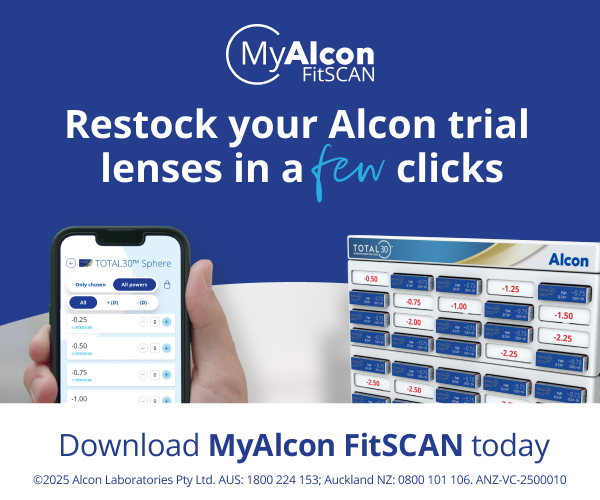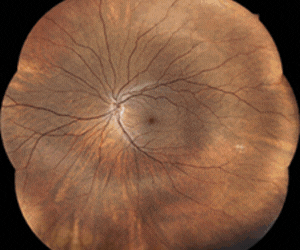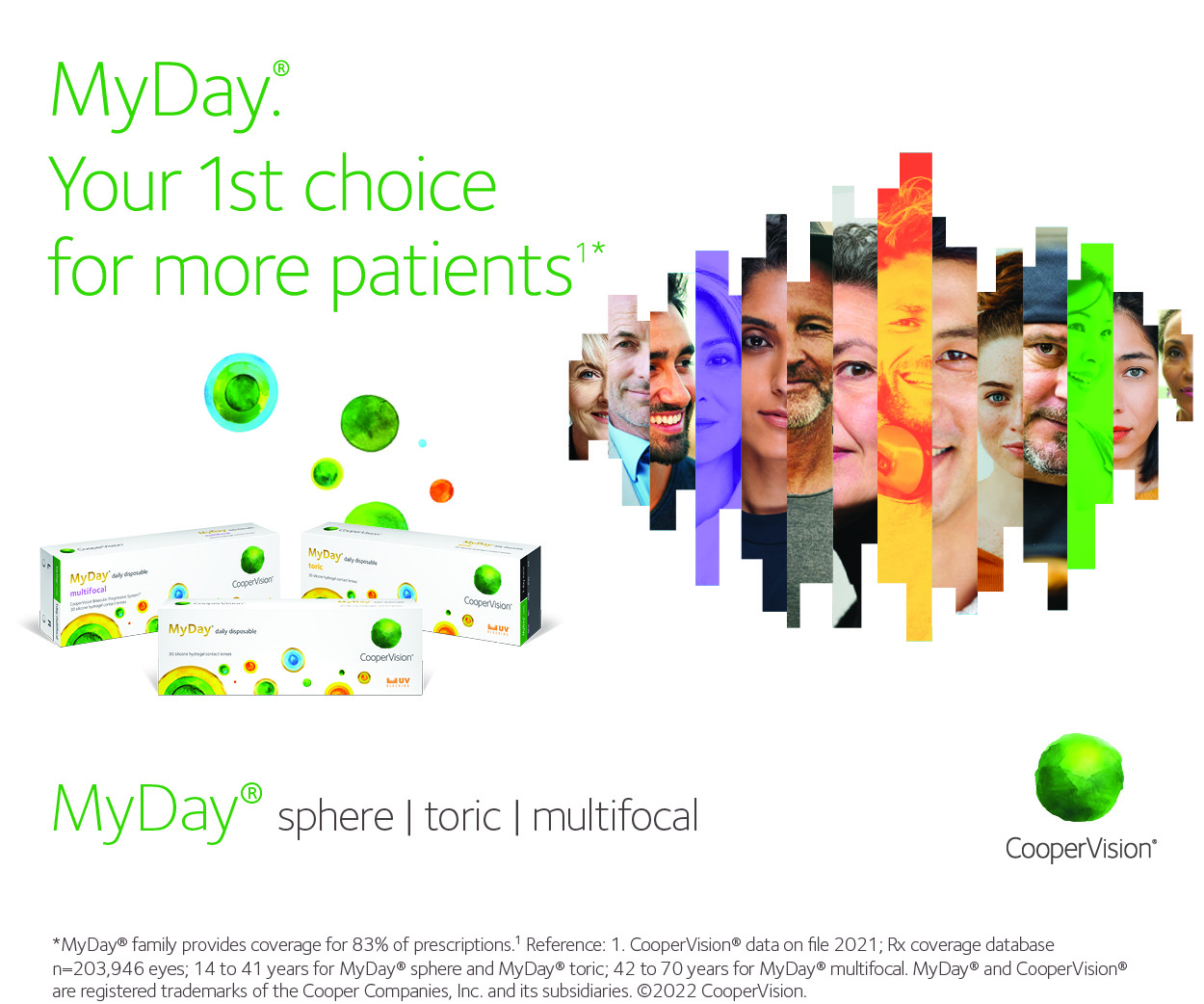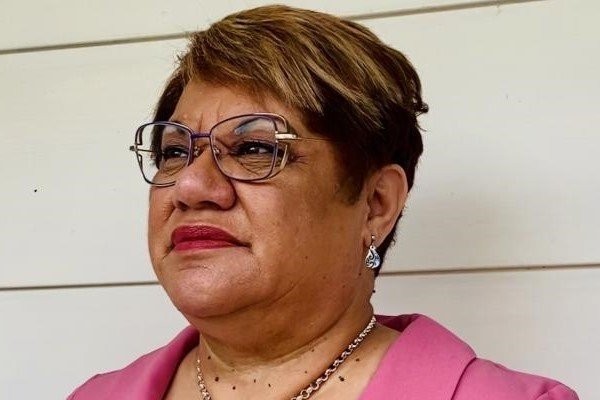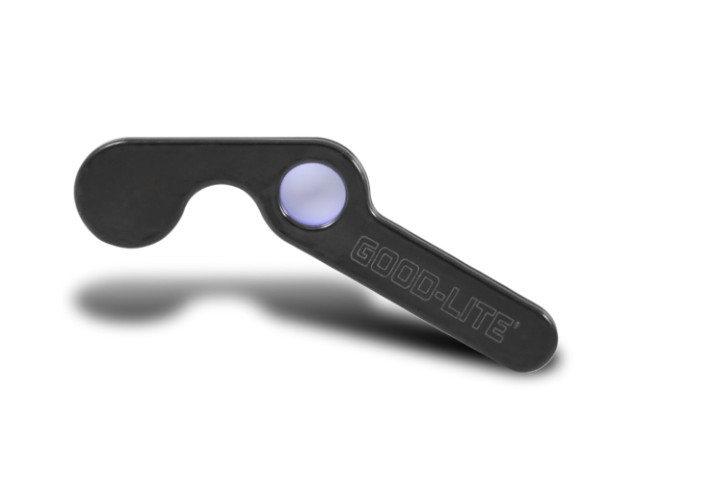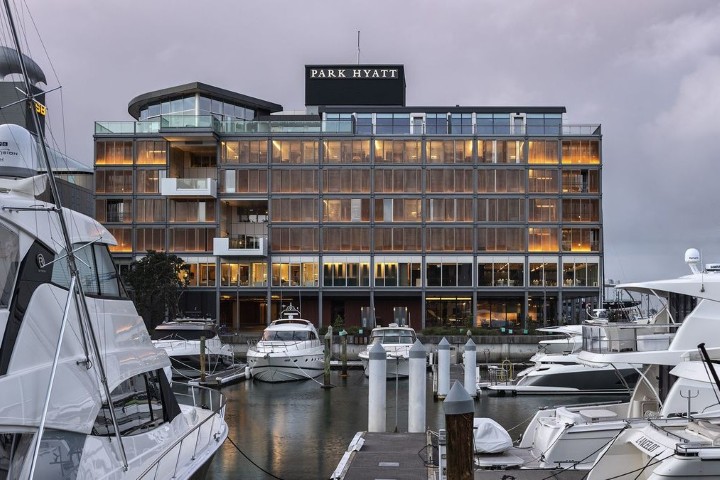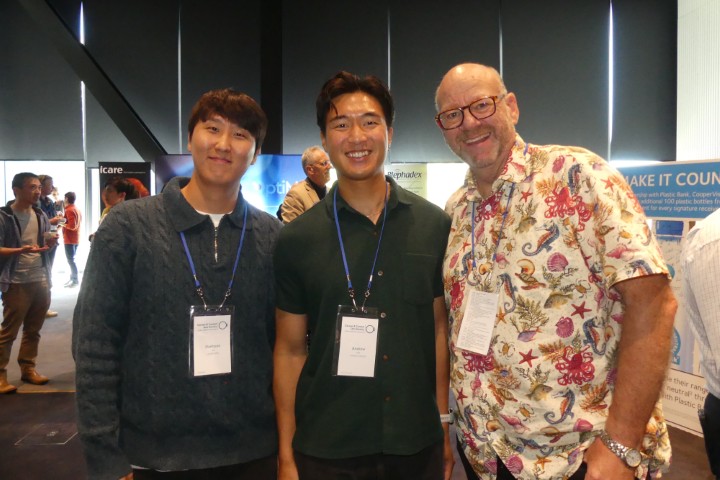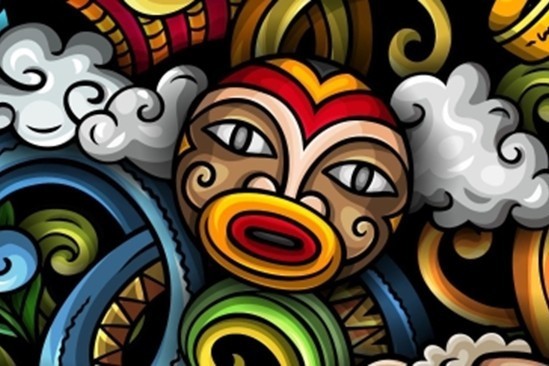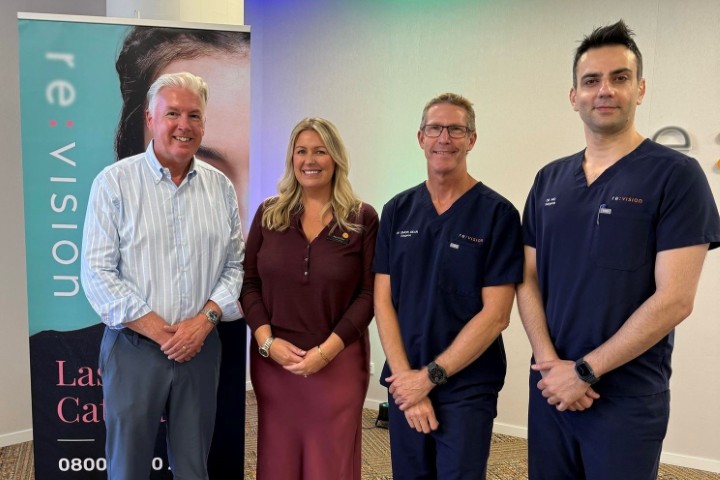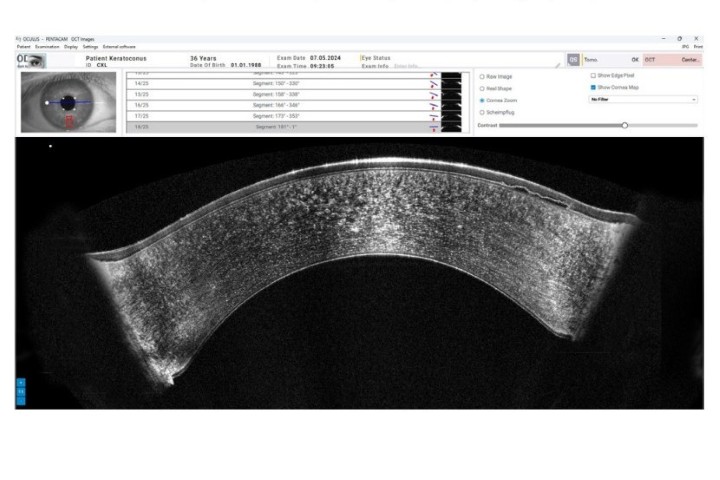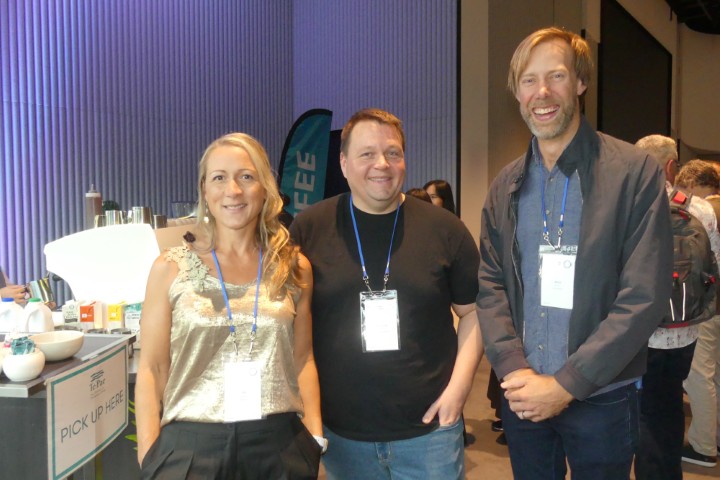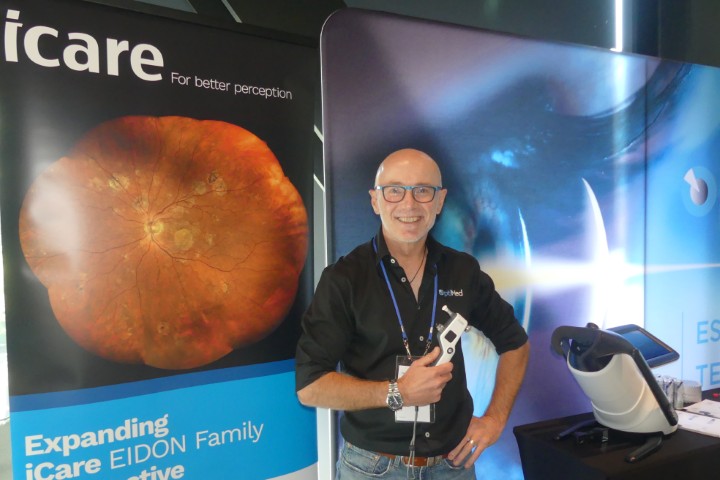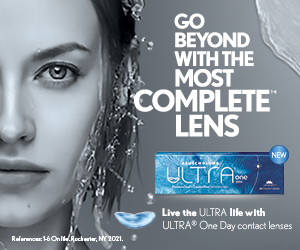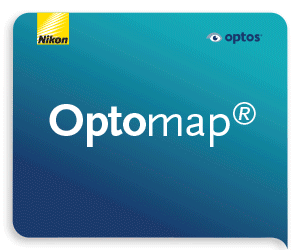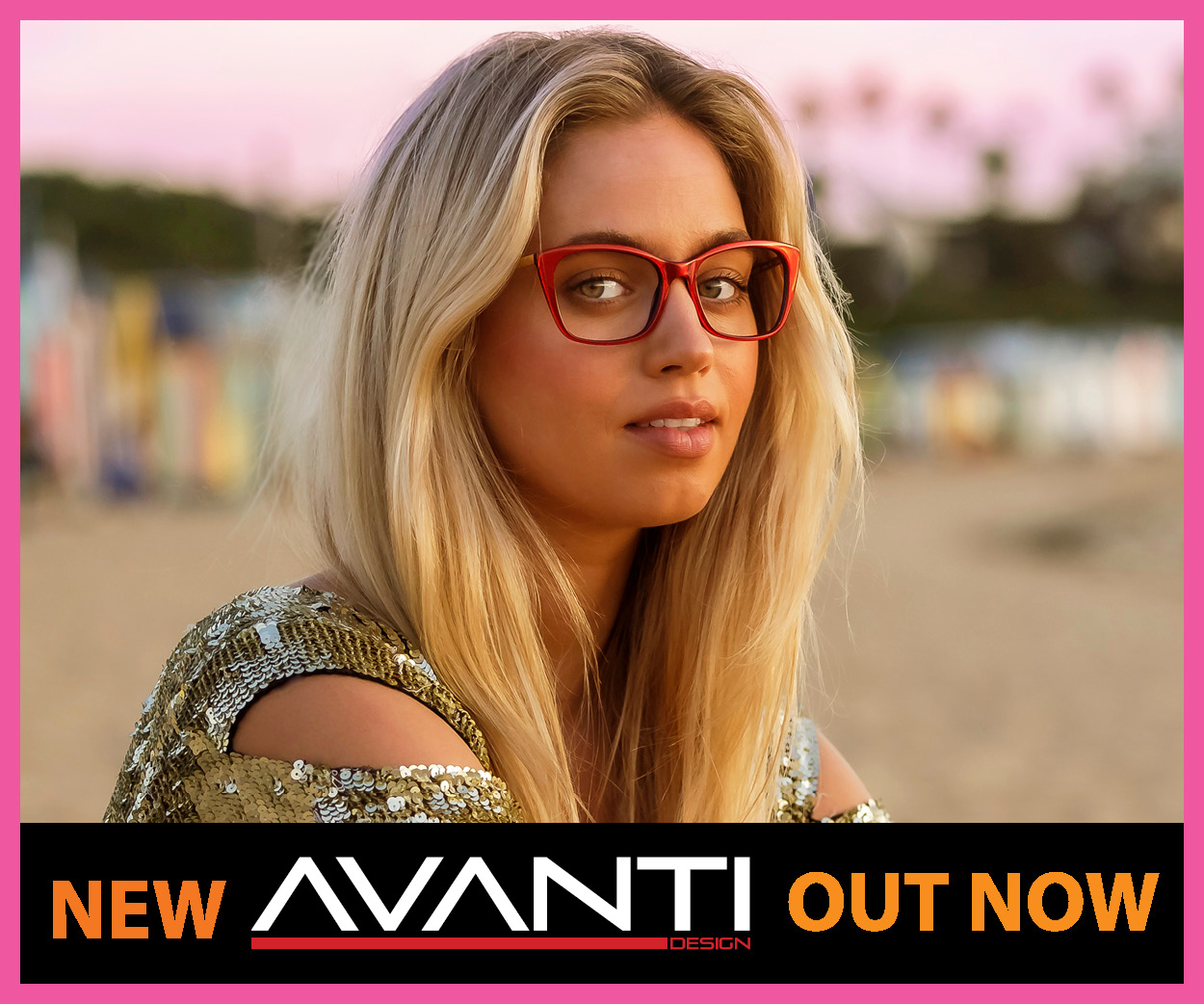BLVNZ criteria change ups support
Two years since its strategic focus shift, Blind Low Vision New Zealand’s (BLVNZ’s) widened support criteria are making a difference, ensuring more vison-troubled Kiwis receive help, sooner.
Today, BLVNZ has close to 15,000 members (up from about 12,000 in 2019) of which roughly 85% is made up of low vision patients. The number of people on the waiting list has dropped from 1,300 in 2019 to 350-400 in 2022 while the average wait time for assessment has seen a significant drop from 180 days in 2019 to six days now, nearing the international benchmark of five days.
The results are encouraging, said CEO John Mulka. Visual acuity (VA) still forms part of the assessment but mostly when it comes to deciding what service level a patient needs, he explained. “Previously to be a BLVNZ member, a patient needed to have 6/24 VA or worse but now it’s a lot more liberal. A person who struggles to complete a visual task based on their visual impairment – such as reading and writing or identifying familiar objects, carrying out familiar tasks or manoeuvring on their own without a mobility aid – can receive help from us.”

BLVNZ CEO John Mulka
Referrals are also up (4.35% on previous year) and there’s a willingness to collaborate too, said Mulka. Also encouraging is the proportion of younger memberships (under 65), which grew by 9%, he said. “We want people coming to us early in the vision loss journey, not at the end.”
Previously, awareness of what BLVNZ provided was lacking, with the organisation not always having done the best job of explaining what it does, he said. “It’s not perfect and there’s more work to do in terms of who we support but we are moving in the right direction.”
BLVNZ referral criteria
A registered optometrist, ophthalmologist, dispensing optician, orthoptist or GP can refer a patient to BLVNZ. The criteria for support are:
- Full criteria
VA not exceeding 6/24 in the better eye with correcting lenses or when the acuity is better than 6/24, but the referrer has indicated the field of vision in that eye has a widest diameter of generally 20° or less.
- Partial criteria
a) A person who struggles to complete a visual task due to their visual impairment, and the person is wearing up-to-date prescription glasses and has been seen by an optometrist.
b) A person who has a complex case, deteriorating eye condition or multiple ocular conditions, and has been seen by an optometrist who has identified they need extra assistance
c) Visuals fields: a person who has hemianopia or less than 60° visual fields remaining, or other significant field loss due to stroke, trauma, brain tumour or surgery
d) Best-aided VA in their better seeing eye of worse than 6/12
e) A person has best-aided VA of 6/9 and the person is struggling with a visual task, which is stated in a letter by an optometrist or ophthalmologist
f) A person has vision in their better eye worse than 6/12 but better than 6/24, and has likely been asked to stop driving, so the reduced vision may be affecting their day-to-day life
BLVNZ’s preferred method of referral is the online registration form, www.blindlowvision.org.nz under the ‘Request Services’ tab. Alternatively, send a clinical letter and registration form (also on its website) and/or eye report to registrations@blindlowvision.org.nz. To determine membership eligibility and what types of services an individual is eligible for, BLVNZ requires: VA (aided), visual fields and description/s of the patient’s eye condition.





